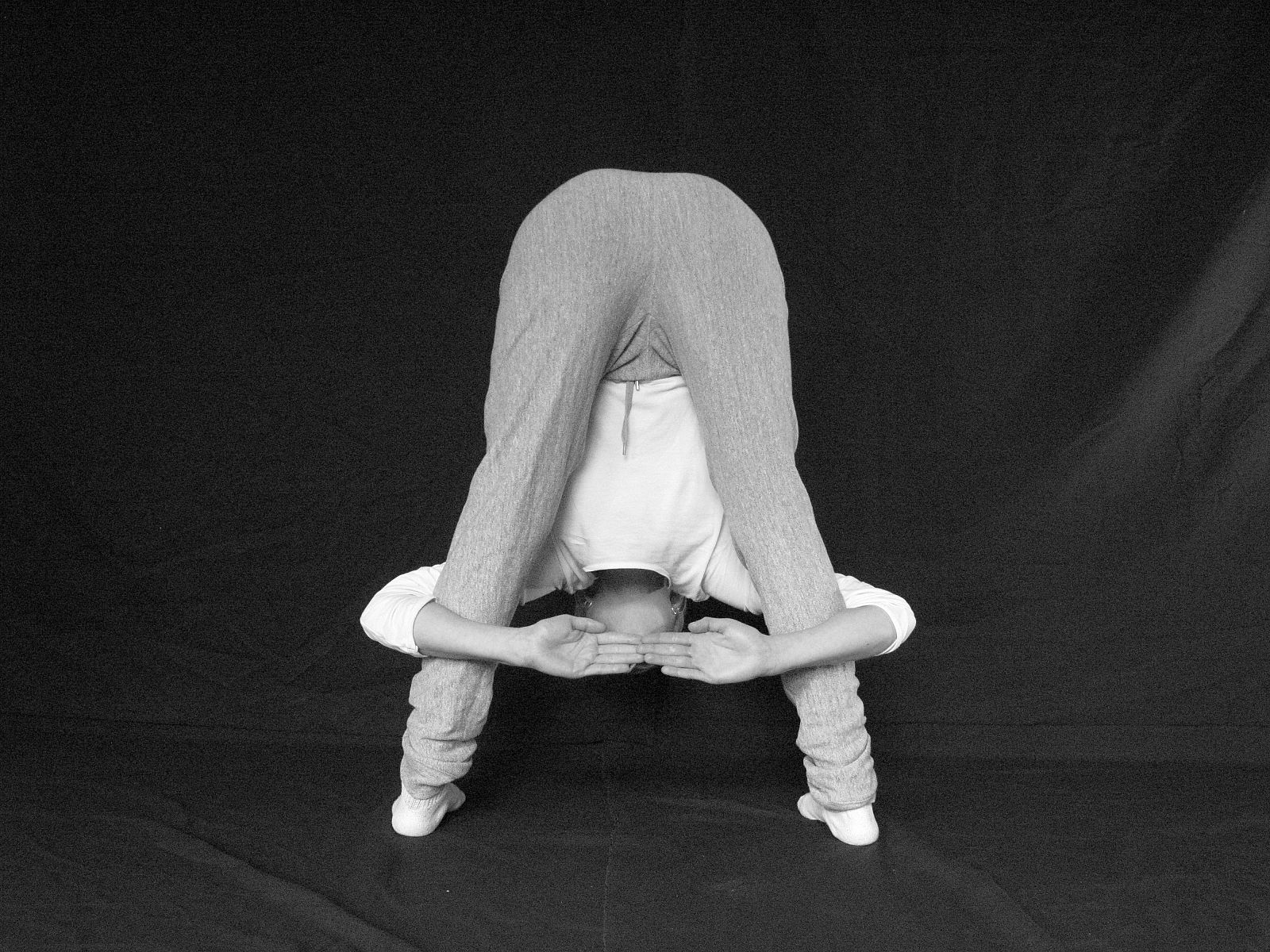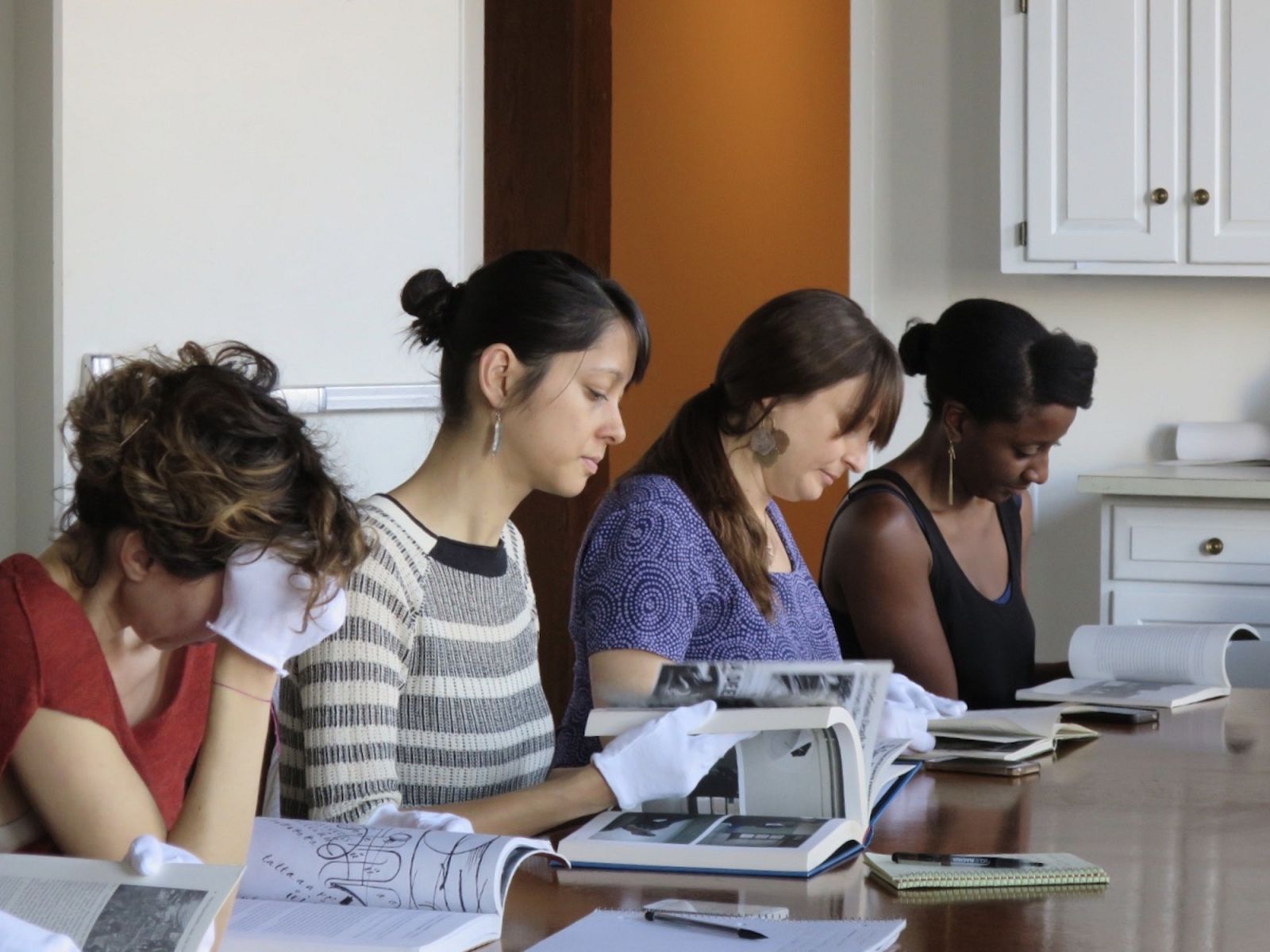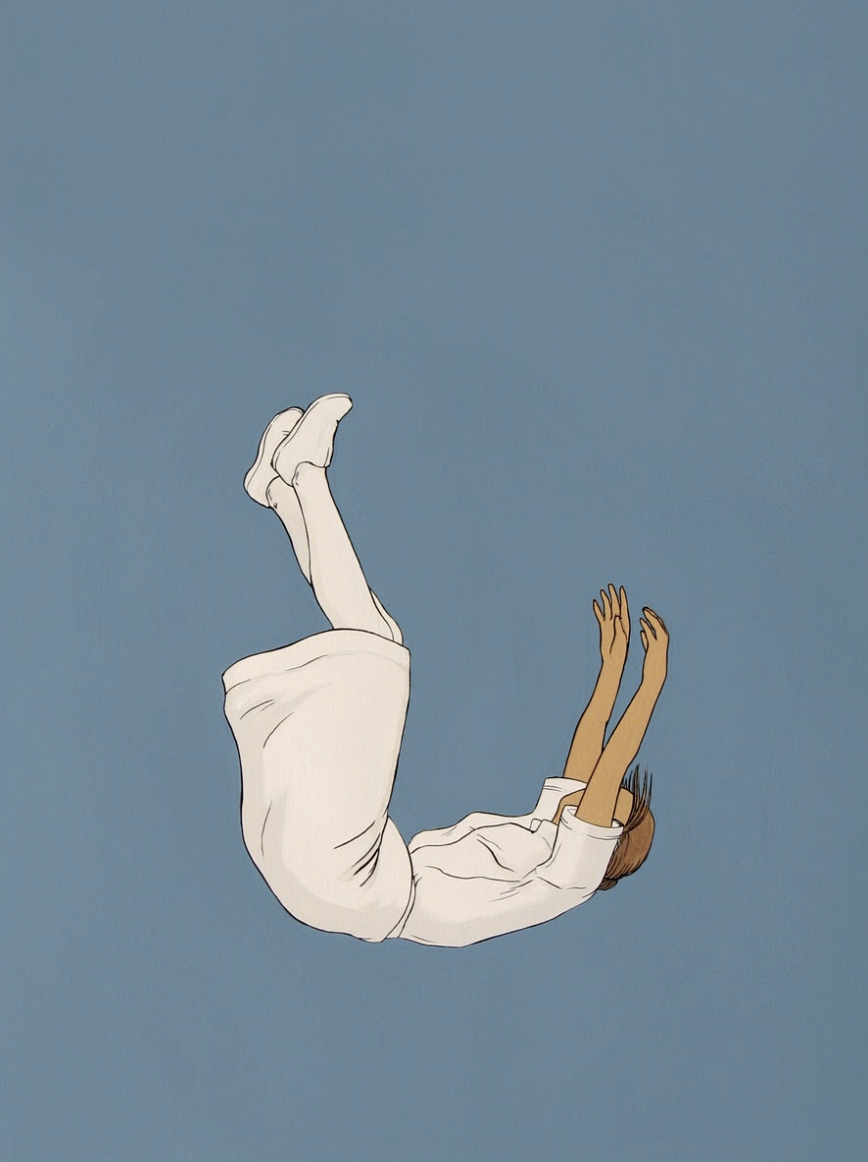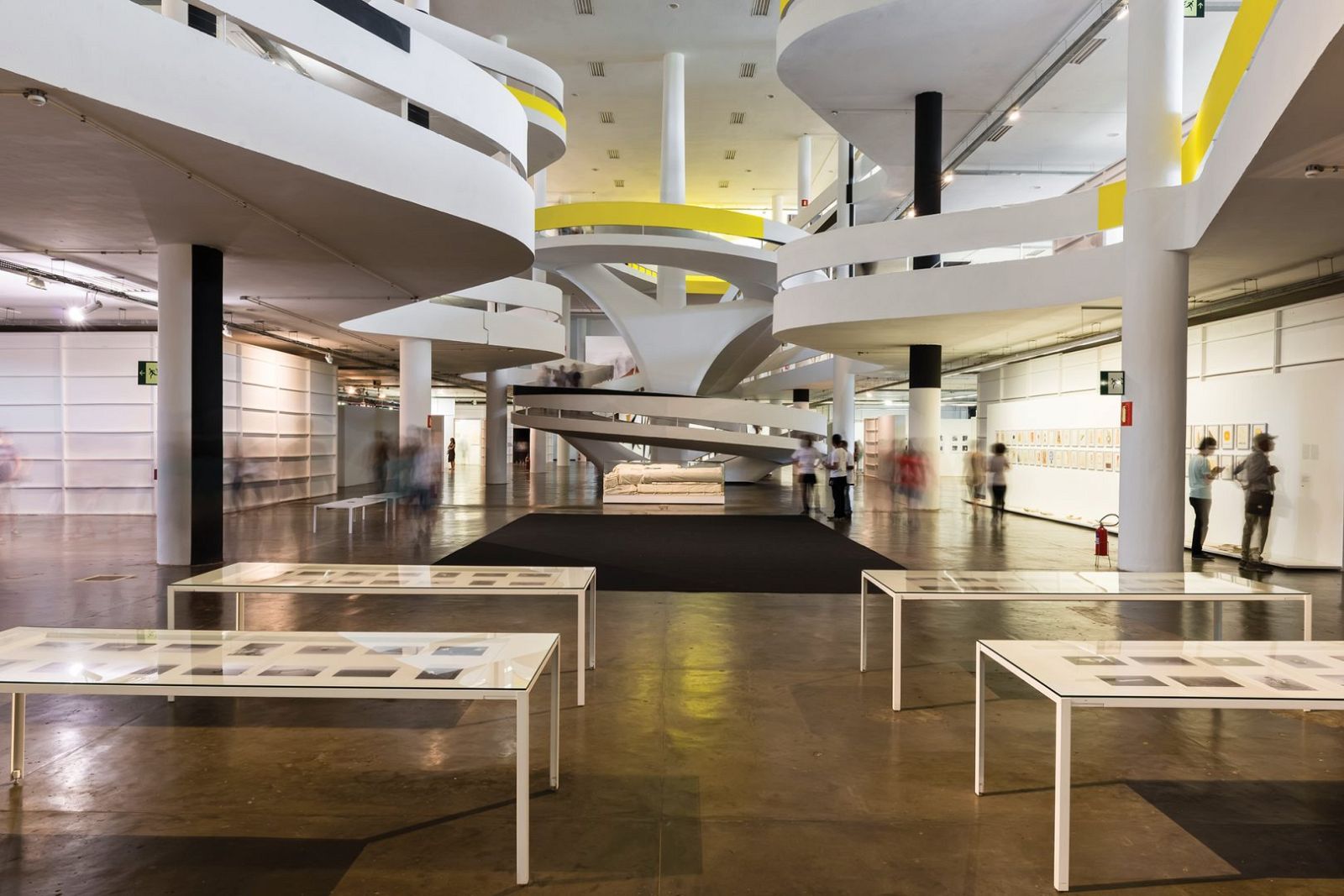Curator Robin Newman developed this proposal during the 2014 Curatorial Intensive in New York.
The Left-Handed Path exhibits contemporary Queer art of several artists who work with mysticism. The exhibition draws its name “The Left-Handed Path” from a phrase used to describe an unorthodox spiritual path. This practice is a complex form of mysticism that rejects the dominant spiritual traditions. The artists who are queer people or who make work that is theoretically queer or queering, are predominantly young and emerging. Perhaps because of the outré subject matter, this art as a movement of sorts has not been recognized or surveyed in an institutional forum beyond those initiated by the artists. Because of this fact and the artwork’s multiplicity of meanings and interpretations, the exhibition is able to move between various sites, from the museum to the artist-run spaces. Furthermore, this multiplicity opens the exhibition to an expansive and expanding audience. Being very much a survey of emerging artists and an emerging ‘moment’, the exhibition asks what is Avant-Garde now? It is thus situated to address and engage with art patrons and scholars. However, the subcultural topics which the art works address opens The Left-Handed Path to an audience beyond the art cognoscenti.
Seemingly departing from contemporary western occultism, it is pertinent to include an ‘actual’ mystic object. The Thoth Tarot cards were composed by Alistair Crowley, who is perhaps the most famous and influential modern day mystic, and they will contextualize the artwork by showing it alongside a product from its point of departure. In a way, the art itself was fathered by Kenneth Anger with his combination of esoteric symbolism and imagery of the rebellious and homoerotic. Anger’s 1969 film Invocation of My Demon Brother will be shown alongside the artwork by the younger and emerging artists whom he has influenced and have followed in Anger’s use of the esoteric. Using tropes of mysticism and taking inspiration from spiritual or magical practice in a way that is visually akin to Anger are the artists: Micki Pellerano, Scott Treleaven and Hanna Liden.
Liden’s Blown-Out Candles (Blood) is a 2010 photograph of smoking black candles dripping red wax, as if the ephemera of a ritual had transformed into an organ. Anna Sew Hoy’s The Buckle of Isis, AKA: bloody string, a 2010 ceramic and cord necklace that was an edition produced as part of the publication “LTTR No. 5 - Positively Nasty,” also works with the ceremonial (in Sew Hoy’s case, an ancient Egyptian spell) and the bodily. Matthew Stone’s 2011 sculptural photograph Polymorphous Love Diagram (Unfolds) shows a group of entangled nude bodies printed on wood and folded into a pyramid, a mystical structure. Stone’s work is very much a Queer work presenting a non-denominational but erotic group of bodies that suggests Queer sexuality. By printing said bodies and the flat image on 3D components, the body, its representation and the normative form of art, are all Queered.
Elijah Burgher’s paintings employ the magical practice of sigils in which the practitioner creates symbols to carry out specific goals and “charges” it with sexual action. Desi Santiago’s Mass (2008), a neon sculpture of a pentagram, is a spectacular and physical manifestation of one of the most commonly recognized mystic symbols. Genesis Breyer P-Orridge and Daniel Albrigo’s Thee Ghost (2010) like Santiago’s piece works with symbolism in neon. Thee Ghost unlike Mass does not use an iconic symbol but bares the Psychick Cross, a symbol that the artist and he/r collective Psychick TV developed for their project Thee Temple Ov Psychick Youth. The symbol was inspired by alchemical and spiritual symbols while bearing a striking resemblance to the Papal cross.
Burgher’s sigil paintings like Anna Sew Hoy’s necklace are symbolically entwined and depart from magic rituals or spells. Moreover so many of Anger’s films document actual rituals or take inspiration from them. In these ways, ritual plays a significant role in the artworks in the ‘movement’ which The Left-Handed Path surveys.
Scott Treleaven’s work will best be hung alongside The Thoth Tarot and Hanna Liden’s photographs. This placement builds a discourse between the visually similar pieces that will contextualize the contemporary art in a greater mystic tradition. Treleaven’s collage Grand Invocation 2 (2004) merges queer sexuality with the representation of ritual and divinity. In the collage a young man sits hugging his knees as two nude men with hands clasped behind their heads rise behind him like spirits or deities. Another untitled collage by Treleaven depicts a shirtless young man crouched over a pentagram and holding a ceremonial dagger pointed towards the pentagram as if he is marking or invoking the symbol in a magic ritual.
Ritual is an important element of many of the artists’ practices, symbolically and most clearly within the exhibition in performance art. Ritual itself is already a performative act: one where actions are performed not necessarily for expression or artistic reasons. The prevalence of these ritualistic performances calls for the commissioning of new works to be performed as part of The Left-Handed Path. Documentation and ephemera of these performances play a role in translating the ‘narrative’ of the relationship between performance and ritual shown here. An installation gathering of candles, photographs and other ephemera around a painting produced by AA Bronson, Ryan Brewer, Elijah Burgher during Who's Afraid of Red, White and Black? (2012) shows the aftermath of or suggests the preparation for a ritual. AA Bronson, who is often described as “an artist, a healer, a shaman and a curator,” works prophetically with ritual as a subject and strategy. Commissioned work by Bronson will be an important part of the exhibition. Michael Dudeck’s “Witch Doctor” performances are also engaged with ritual. New drawings by Micki Pellerano, who is a visual as well as performance artist, use ritual by way of alchemy. Commissioned performances by Pellerano will certainly involve the ritualistic, as many of his past performances have.
The incorporation of AA Bronson and Scott Treleavan’s 2006 films Silver brings nonphysical but a continuous presence of performance that likewise transcends medium and spatial limitations. Silver, which follows Kenneth Anger’s vivid, alchemical films, stars Bronson as the 16th-century meta-physicist John Dee. In Silver Bronson as Dee is seen practicing divination, drafting hermetic symbols in a ritual space.
Chez Deep, a New York City based contemporary performance art collective, or rather a queer “coven,” works with drag performance in a non-binary, post-feminist manner that “refutes drag as only representative of the artistry of non-trans gay men” and a “operation of communal ecstasy and psychic liberation”.(1) Chez Deep’s performances, one of which will be commissioned, work extensively with the neo-pagan deity of “the Goddess” and act as an invocation of the unfixed multiplicity of transmorphic spiritual experience and iconography.
The artwork that The Left-Handed Path exhibits is very much in a Post-Post state - Post-Historical but still referencing history by way of ancient mysticism in a manner that feels more engaged and ‘genuine’ than post-modernism’s canonized multiplicity and juxtaposition. Moreover, these works (aside from Anger’s) have been produced in a post-gay liberation, post-feminist, post-AIDS crisis time that is considerably post post-modern. At heart the Queer and the Mystic are both already and perhaps always outside the norm which makes the exhibition’s artwork and the exhibition all the more significant and Avant-Garde.
Footnote:
(1) Geer, David. "You Don’t Own Me." http://thenewinquiry.com/essays/you-dont-own-me/
Learn More
To learn more about this proposal please email Robin Newman at robinnewman11@gmail.com. To learn more about the Curatorial Intensive email info@curatorsintl.org.






